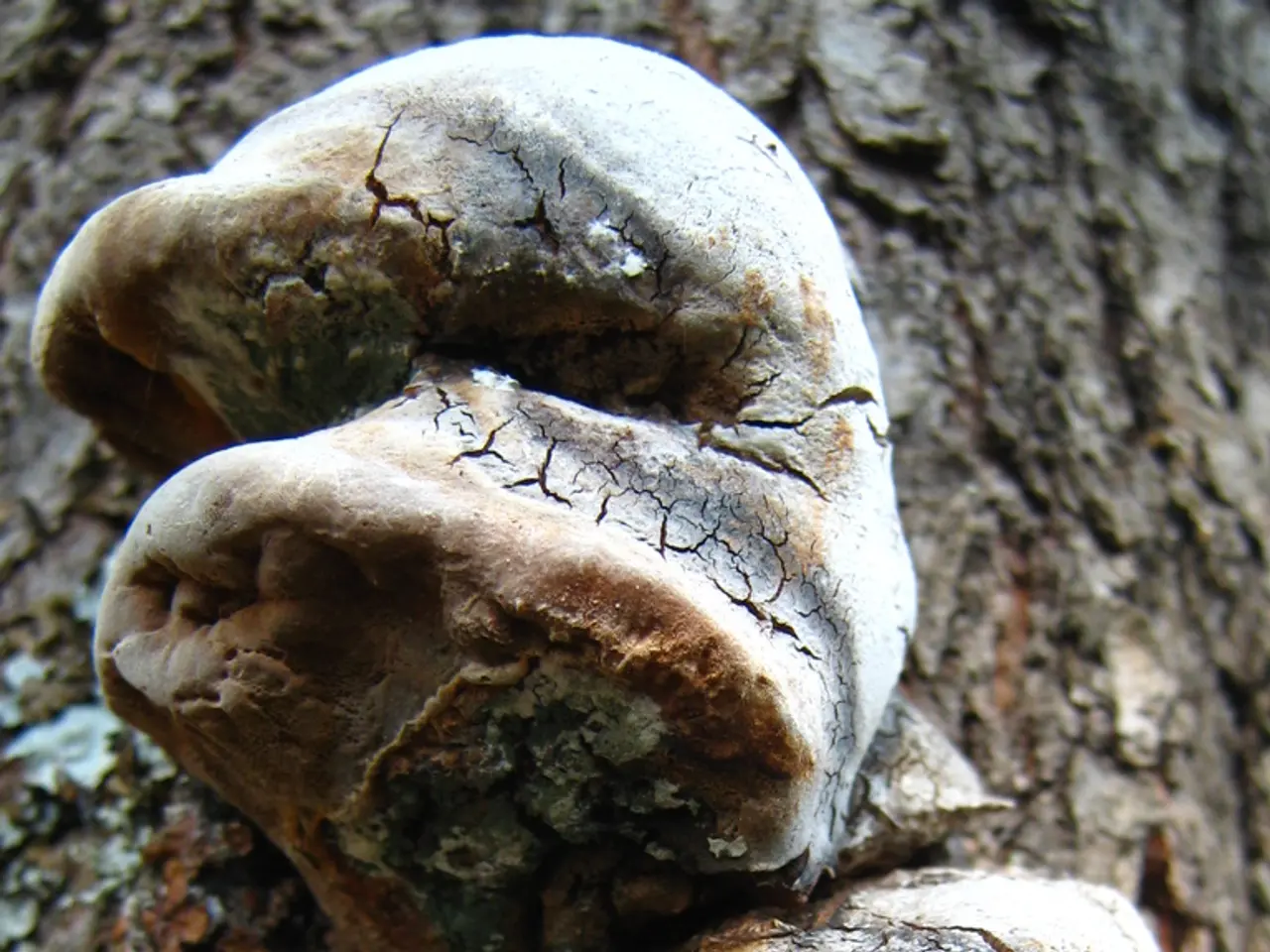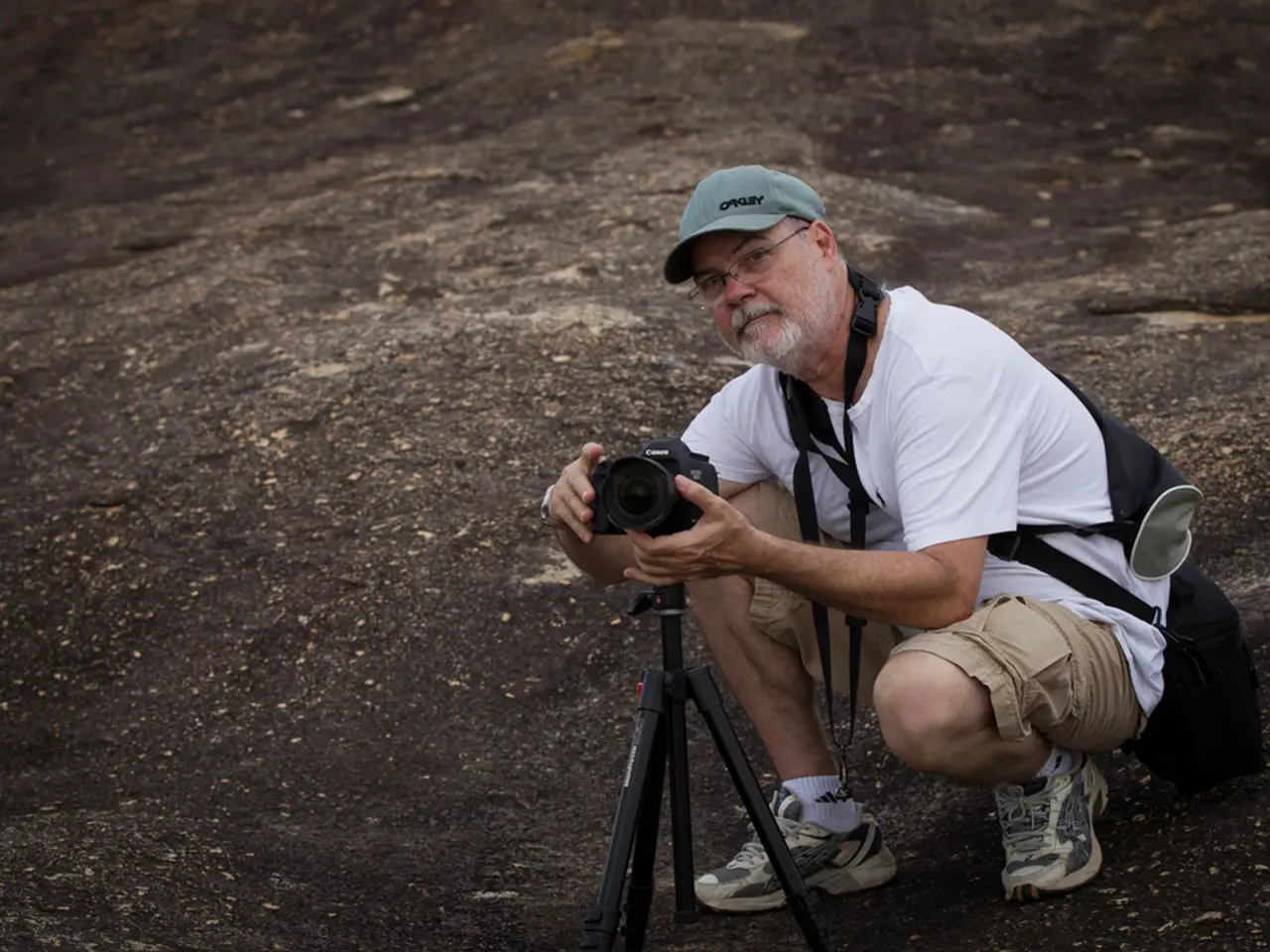Fungal infection remained concealed within an individual for three decades, eventually manifesting unexpectedly.
In a recent case study, a 70-year-old Arizona resident was diagnosed with Histoplasma capsulatum, a potentially deadly fungal invader, after presenting with symptoms of confusion. This finding underscores the expanding reach of histoplasmosis, a disease traditionally associated with specific regions such as the midwestern and central United States.
Histoplasma capsulatum, the causative agent of histoplasmosis, has a worldwide distribution beyond its hyperendemic areas. The fungus, often referred to as "cave disease," has been reported in various temperate climates worldwide, even where it is not endemic. The global incidence of histoplasmosis in temperate zones ranges from 0.1–1 case per 100,000 inhabitants per year, with substantially higher rates in humid tropical regions.
Climate change, increased global travel, and habitat destruction are contributing to shifting ranges for various pathogens, including Histoplasma capsulatum. Warmer temperatures and altered rainfall patterns could create new suitable ecological habitats for the fungus, facilitating its emergence in previously non-endemic regions. However, specific empirical data quantifying this shift are still emerging.
Urbanization, deforestation, construction, and agricultural expansion also play a role in the spread of histoplasmosis. These activities disturb soil enriched with bird or bat droppings, releasing spores into the air and increasing the risk of outbreaks in new locations. Increased global travel and migration also facilitate the spread of the disease outside endemic areas.
Advances in clinical awareness and more sensitive diagnostic tools have led to improved recognition and reporting of histoplasmosis in non-endemic areas. Earlier and more accurate diagnosis helps understand the true global distribution, revealing cases that were historically missed or misdiagnosed as other fungal or pulmonary diseases.
In most healthy individuals, the immune system effectively contains the histoplasmosis infection without producing noticeable symptoms. However, in immunocompromised individuals, the fungus can disseminate throughout the body, creating a life-threatening condition. The patient in question had a heart transplant in 1986 and had been on immunosuppressive medications since, making him particularly vulnerable to the disease.
The incidence of histoplasmosis is relatively low, but certain populations face substantially higher risks, such as transplant recipients on immunosuppressive medications, people living with HIV/AIDS, construction and excavation workers in endemic areas, farmers working with bird or bat droppings, cave explorers and spelunkers, and individuals with pre-existing lung conditions.
In conclusion, histoplasmosis now shows a broader geographical footprint beyond traditional endemic regions, influenced by environmental changes due to climate, evolving human land-use patterns, and enhanced diagnostic practices. These factors collectively contribute to the increased recognition of histoplasmosis cases in non-endemic areas worldwide. Maintaining detailed records of past travel and exposures could prove lifesaving for immunocompromised patients if unusual symptoms develop. For physicians, maintaining an open diagnostic mind and thorough history-taking has never been more important in a world where pathogens increasingly disregard traditional geographic boundaries.
- The expanding reach of histoplasmosis, a disease, is influenced by factors such as climate change, increased global travel, and habitat destruction.
- Technology and science, through the development of more sensitive diagnostic tools, have led to improvements in the recognition and reporting of histoplasmosis in non-endemic areas.
- Chronic diseases like histoplasmosis, as well as other medical conditions, require specific therapies and treatments, especially in immunocompromised individuals who are more vulnerable to these diseases.
- The global incidence of neurological disorders, including those caused by chronic diseases, might increase as pathogens like Histoplasma capsulatum extend their geographical distribution due to environmental changes.




